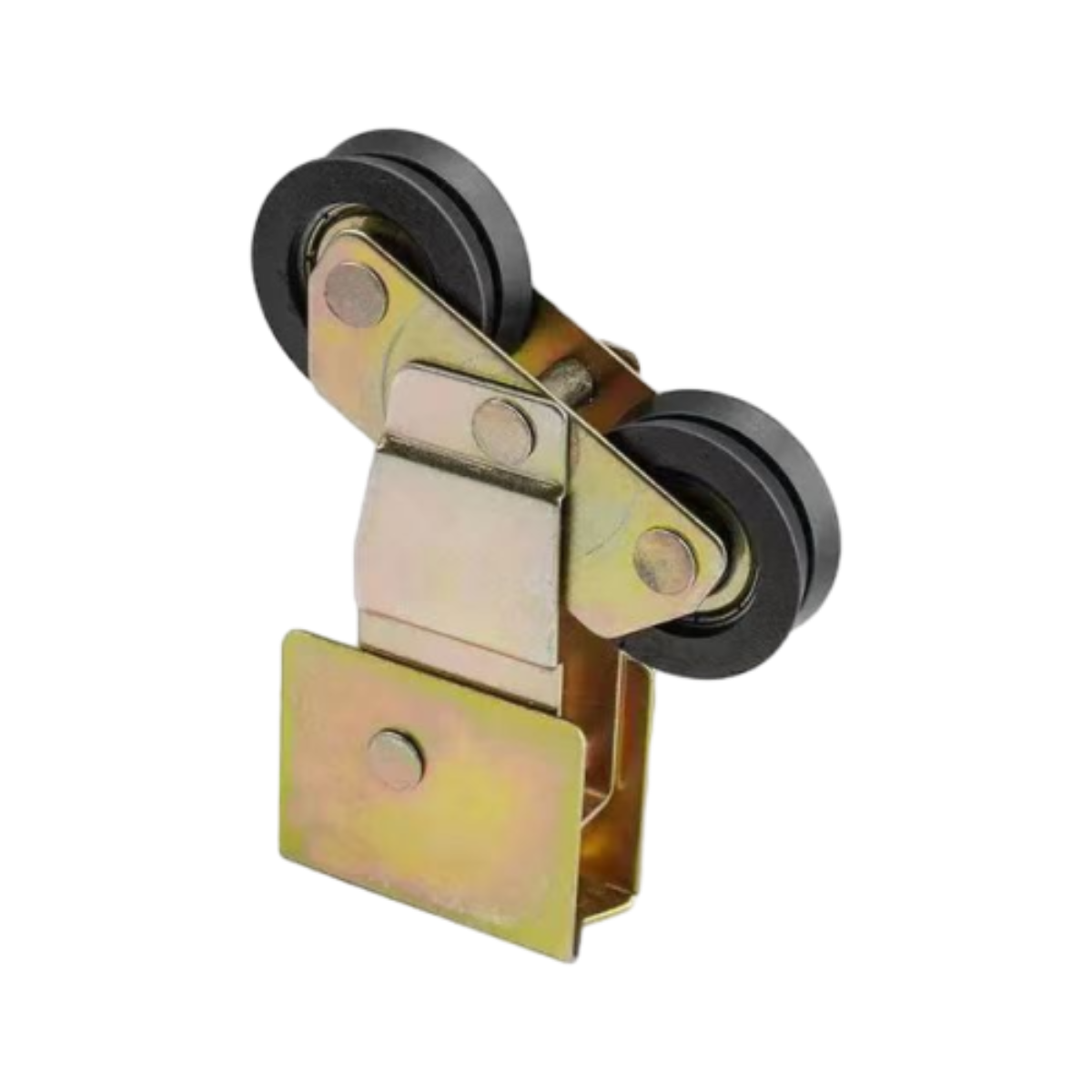A Comprehensive Guide to Grey Iron Panel Applications and Benefits in Modern Construction Techniques
The Elegance and Utility of Grey Iron Panels
In the world of industrial design and architectural innovation, materials play a crucial role in dictating functionality, aesthetics, and even sustainability. Among these materials, grey iron panels have emerged as a popular choice due to their unique properties and versatility. Made primarily from a specific type of cast iron, grey iron is known for its excellent castability, machinability, and durability. Let’s dive deeper into the advantages and applications of grey iron panels, highlighting their significance in contemporary design.
Characteristics of Grey Iron
Grey iron, primarily composed of carbon and silicon, is characterized by its high tensile strength and excellent wear resistance. The microstructure of grey iron features graphite flakes, which give the material its distinctive grey color and contribute to its damping capacity. This means that grey iron panels can absorb vibrations, making them ideal for both structural and non-structural applications. Additionally, its corrosion resistance attributes make it suitable for environments where exposure to the elements can be a concern.
The versatility of grey iron extends beyond its physical properties. It is relatively easy to work with, allowing for the creation of complex shapes that meet specific design requirements. The material can be cast, machined, and even welded, enabling engineers and architects to integrate grey iron panels into a wide range of applications, from decorative elements to load-bearing structures.
Applications in Architecture and Design
Grey iron panels have found their way into various sectors due to their robust nature. In architecture, they are often used as façade materials, providing an industrial aesthetic that appeals to modern sensibilities. The unique texture and finish of grey iron can enhance a building's visual appeal, making it stand out in urban landscapes. These panels can also be treated with different coatings to further improve their aesthetic and functional properties, allowing for a multitude of design options.
grey-iron-panel

In industrial settings, grey iron panels are used for machinery housings, structural components, and even as protective coverings. Their ability to withstand extreme conditions, coupled with their inherent strength, makes them an ideal choice for manufacturing environments. Grey iron panels can bear heavy loads and resist wear and tear over time, which translates into lower maintenance costs and longer service life.
Sustainability and Future Prospects
As the world becomes increasingly focused on sustainability, the choice of materials in construction and manufacturing is evolving. Grey iron, being a recyclable material, contributes to circular economy principles. With advancements in recycling technologies, the life cycle of grey iron can be extended, allowing for its reuse in various forms. This not only conserves raw materials but also reduces the environmental footprint associated with production.
Looking ahead, the future of grey iron panels in design and construction appears promising. Innovations in production methods, such as 3D printing with grey iron, could further enhance its applications and make it even more accessible to architects and designers. As urban environments continue to grow and evolve, the demand for durable, sustainable materials like grey iron will likely rise.
Conclusion
In summary, grey iron panels embody a blend of elegance and utility that resonates with contemporary design needs. Their strength, versatility, and aesthetic appeal make them suitable for a multitude of applications, ranging from architectural facades to industrial machinery. As sustainability becomes an essential consideration in material selection, grey iron's recyclability places it at the forefront of modern building practices. Whether utilized in residential architecture, commercial buildings, or industrial applications, grey iron panels will undoubtedly continue to make a significant impact on the landscape of design and engineering.
-
Wrought Iron Components: Timeless Elegance and Structural StrengthNewsJul.28,2025
-
Window Hardware Essentials: Rollers, Handles, and Locking SolutionsNewsJul.28,2025
-
Small Agricultural Processing Machines: Corn Threshers, Cassava Chippers, Grain Peelers & Chaff CuttersNewsJul.28,2025
-
Sliding Rollers: Smooth, Silent, and Built to LastNewsJul.28,2025
-
Cast Iron Stoves: Timeless Heating with Modern EfficiencyNewsJul.28,2025
-
Cast Iron Pipe and Fitting: Durable, Fire-Resistant Solutions for Plumbing and DrainageNewsJul.28,2025
-
 Wrought Iron Components: Timeless Elegance and Structural StrengthJul-28-2025Wrought Iron Components: Timeless Elegance and Structural Strength
Wrought Iron Components: Timeless Elegance and Structural StrengthJul-28-2025Wrought Iron Components: Timeless Elegance and Structural Strength -
 Window Hardware Essentials: Rollers, Handles, and Locking SolutionsJul-28-2025Window Hardware Essentials: Rollers, Handles, and Locking Solutions
Window Hardware Essentials: Rollers, Handles, and Locking SolutionsJul-28-2025Window Hardware Essentials: Rollers, Handles, and Locking Solutions -
 Small Agricultural Processing Machines: Corn Threshers, Cassava Chippers, Grain Peelers & Chaff CuttersJul-28-2025Small Agricultural Processing Machines: Corn Threshers, Cassava Chippers, Grain Peelers & Chaff Cutters
Small Agricultural Processing Machines: Corn Threshers, Cassava Chippers, Grain Peelers & Chaff CuttersJul-28-2025Small Agricultural Processing Machines: Corn Threshers, Cassava Chippers, Grain Peelers & Chaff Cutters












